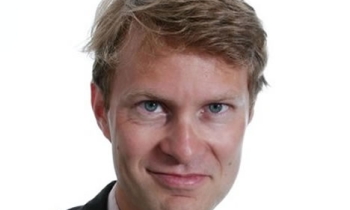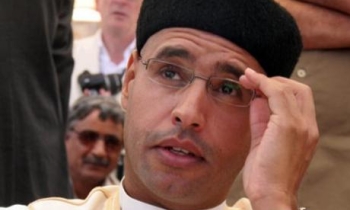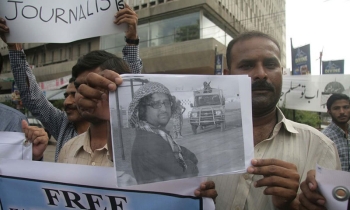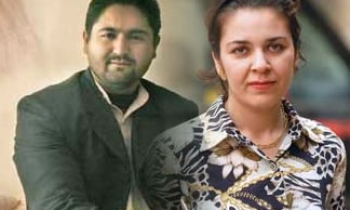In Indian newspapers, Page 3 makes a clear demarcation of froth from hard news. Yet, the thin supplements that chronicle cocktail parties and gossip from the world of glitterati manage to attract a lot of attention (not to mention cash returns) from the popularity circuit. Observers are of the opinion that India’s emerging Page 3 culture reflects two distinct dimensions of an aspirational society. One is the genuine need for tittle-tattle, and the other is the growing desire to be seen as famous. The tabloid culture has imbibed from television channels, radio stations and cyber entities, and is set to emerge lot stronger in the coming days.
Responding to the increasing popularity of the section, brands also seem to be keen on being featured amidst the extraordinary mix of news and fiction. Says Prasanth Kumar, Associate Media Director, Maxus, "The Page 3 arena has grown in volume and content over time, and people like Nafisa Joseph, Preity Jain and the kind have started occupying the centrestage. What started out as an interest area for the minority has emerged into a big pre-occupation with the majority. Brands are a lot more enthusiastic about a Bombay Times, or an HT City in the current day, as these promise them a high level of noticeability. So, whether it’s lifestyle, cosmetics, food products, sports shoes, drinks or anything else, they are keen to get aboard the Page 3 bandwagon. Youth-related brands are on a high as far as these segments are concerned."
Hiren Pandit, GM, Mindshare, asserts, "The growing fascination with the Page 3 cult reflects an aspirational Indian society, where the party scene and social relationships are paramount. While lifestyle and youth-centric brands are on an overdrive as far as Page 3 segments are concerned, there are still brands like financial institutions, for instance, that maintain their staid reputation, and prefer to stick to the main sheets. On the whole, I would say that the base of Page 3 advertisers still consists of youth centric brands. Non-traditional advertisers are perhaps not so open-minded about the same."
Shariq Patel, Station Head, Go 92.5 FM, says that the appetite for light-hearted content is steadily increasing both among brands and listeners. Which is why the station has come up with its own little segment dedicated to the social lot, interestingly, called Page 3’.
Patel explains, "We launched this particular segment in April 2004, in partnership with Bacardi Blast. The segment goes on air from 8.45 pm to 9 pm (Monday to Saturday) within Malini’s show Horn .Okay .Please’. It gives listeners the daily dope pertaining to the celebrity circuit. And I am happy to say that the initiative is definitely bringing in desired response."
This explains why snazzy stories are no longer adorning supplements alone, but are also making their way towards the main pages.
On a recent occasion, Rahul Kansal (Director, TOI Brand), mentioned, "The newspaper is no longer a patriarchal figure as in yesteryears. Structure and formality are no longer the pure fundamentals. We have come to realise that there is a range of content beyond politics and the spotlight has moved from news that’s important, to news that you can use, and finally to news that you can enjoy. Times, as a newspaper, is now acknowledging the new aspirations of the people and opting for a youthful look. The move is proving to be extremely successful in the market."
News is evidently moving out of its political mould, and embracing subjects that appeal to the aspirational side. The theory, perhaps, remains stuck to the good-old saying, there’s no biz like the showbiz.









